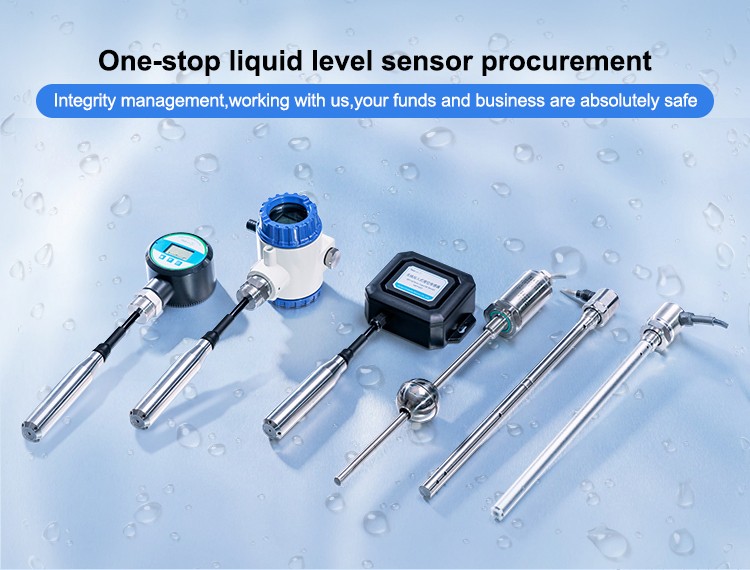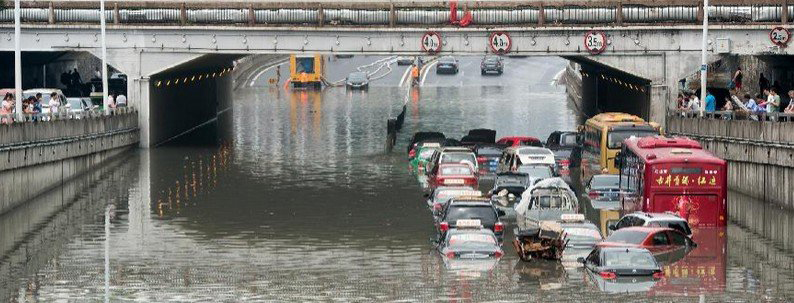What Are You Looking For?
What Are You Looking For?
Liquid Level Sensors Revolutionizing Industrial Applications
Jul 15, 2019Liquid level sensors are advanced devices designed to accurately measure and monitor the height of liquid substances within containers and tanks. These sensors play a crucial role in modern industries, where precise monitoring of liquid levels is essential for ensuring safe and efficient processes. In this article, we will explore the significance of liquid level sensors and their diverse applications across various industrial sectors.
Liquid level sensors utilize different technologies such as float-type, capacitive, ultrasonic, pressure-based, and radar-based, among others. Each sensor type offers distinct advantages and is chosen based on specific application requirements.

Applications in the Industry:
1.Oil and Gas Industry:
In the oil and gas sector, liquid level sensors are indispensable for monitoring and controlling the levels of crude oil and various chemicals in storage tanks. Precise level measurements help prevent spillage, overflows, and environmental hazards, ensuring safe and efficient operations.
2.Food and Beverage Production:
Liquid level sensors are extensively employed in the food and beverage industry to monitor raw material levels during processing. This ensures continuous production, minimizes downtime, and maintains consistent product quality.
3. Wastewater Treatment:
Wastewater treatment plants rely on liquid level sensors to monitor the levels in settling tanks, allowing operators to optimize treatment processes and ensure compliance with environmental regulations.
4. Pharmaceuticals Manufacturing:
In pharmaceutical production, liquid level sensors are used to monitor liquid levels in reaction vessels, ensuring precise ingredient measurements and adherence to strict quality standards.
5. Energy Generation:
Liquid level sensors play a crucial role in energy generation plants, such as steam power plants, where they monitor water levels in boilers to prevent damage and ensure safe and efficient electricity generation.
6. Water Supply and Treatment:
Municipal water supply systems utilize liquid level sensors to monitor water levels in reservoirs and water towers. This real-time data aids in managing water distribution and ensuring uninterrupted supply.
Advantages of Liquid Level Sensors in Industry:
- Accurate Monitoring:Liquid level sensors provide precise and reliable measurements, enabling operators to maintain optimal liquid levels for smooth operations.
- Safety Enhancement:By preventing overflows and spills, liquid level sensors contribute to a safer working environment, reducing the risk of accidents and environmental harm.
- Process Optimization: With real-time data from liquid level sensors, industries can fine-tune their processes, resulting in improved efficiency and reduced resource wastage.
- Automation Integration: Liquid level sensors seamlessly integrate into automation systems, enabling remote monitoring and control for increased efficiency and reduced human intervention.
Liquid level sensors have become an indispensable tool in modern industries, transforming the way processes are monitored and controlled. Their accuracy, safety benefits, and compatibility with automation systems make them a key enabler of efficient and sustainable industrial operations. As technology continues to advance, liquid level sensors are likely to see further improvements, reinforcing their pivotal role in the industrial landscape.
Applications
The liquid level sensor detects whether the water level reaches a specific height through the optical principle, and can be used to reflect relevant information such as liquid level height, pressure and weight. In the monitoring of accumulated water on urban roads, the liquid level sensor is installed at a set warning height, especially in some low-lying terrain or culverts. When the stagnant water reaches the warning height, the refractive index of the sensor at the interface changes due to contact with water (relatively not in contact with water), which changes the light received inside the sensor and detects the presence or absence of liquid. Since the liquid level sensor can only detect the water level at a specific height, but not the change of the water level, more accurate detection can be performed by deploying multiple sensors at different heights to reflect different levels and changes of water accumulation.
